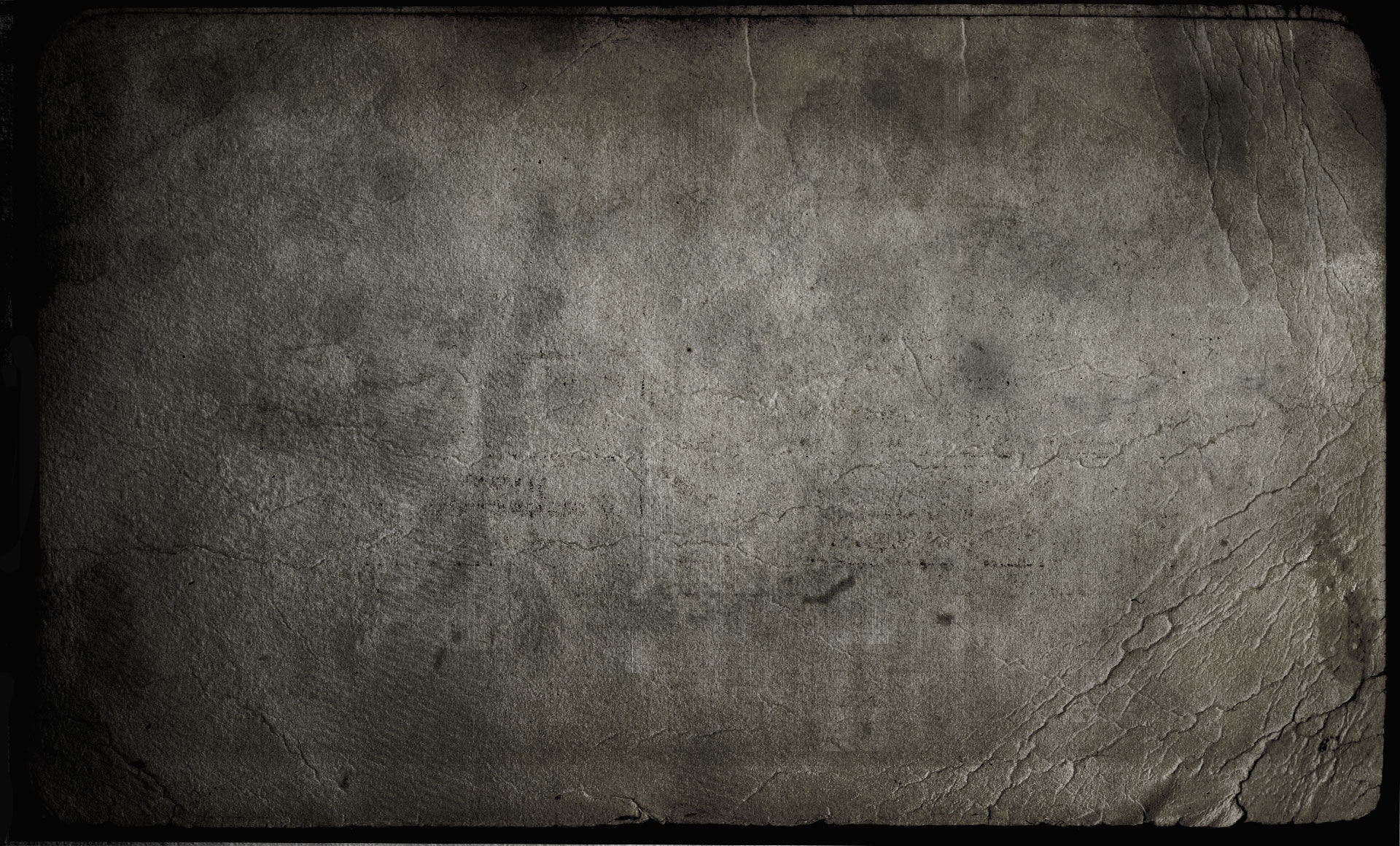THE SOVIET SPACE DOG PROJECT: Mirabilia (2022)
- Sylvain Lupari

- Jun 30, 2022
- 4 min read
“Our ears are bathing in the heart of the 70's charms without a shadow of redundancy”

1 Ch'ops nu-gs 9:55
2 Cosmic Lighthouse 18:28
3 ACGT 7:30
4 Chloroplast 7:29
5 Messier 31 17:01
(CD-R/DDL 60:25) (V.F.)
(Berlin School)
It's with an extremely poetic atmosphere that Andy Bloyce invites us to discover MIRABILIA. Yes, the opening of Ch'ops nu-gs is worthy of an exploration through the labyrinths of a video game. A setting filled with morbid alien creatures that crawl under a sound sky filled with electronic elements borrowed from a horror movie register. The streaks and synth lines crunch through this cosmo-industrial universe for a good 4 minutes of anguish before a superb sequencer movement weaves a structure that plunges us into the analogue ambient rhythms of Klaus Schulze. The movement is lyrical and undulates like a weightless waltz under these bites of iconoclastic effects from the future. A beautiful astral mermaid voice soothes the tonal lesions of these bites, creating a magnificent counterbalance that brings out all the emotions from this undulating rhythm. What a way to discover, for those who don't know it yet, the electronic music (EM) of The Soviet Space Dog Project!
This project is named after the cruel cosmic adventure of Laika, a Moscow street dog who was launched into space, with no intention of coming back, died of stress and overheating long before running out of oxygen. Although this adventure shocked the world, the Soviets continued to send stray dogs into space. Hence the name The Soviet Space Dog Project! Andy Bloyce is an old hand in the EM scene. A member of the duo WEirD and of the famous band Kubuschnitt in 1999, he took a long break from synthesizers after the band's last concert in May 2003. He continues to listen to EM but concentrates on the guitar and listens to a wide range of music, especially the classical baroque style of J.S. Bach. His desire to play EM again came back almost 15 years later. The evolution of technology in the way of recording music and equipment were determining factors in this comeback as The Soviet Space Dog Project. Since then, he has posted nearly 100 download-albums of improvisation-based music on his Bandcamp site. His unique style of reshaping the past, the best moments of Klaus Schulze and Tangerine Dream in the mid 70's, both on the sequencer and on the level of ambiences, allows him to amass an ever growing legion of fans. MIRABILIA, which means wonderful things, is a debut album on the Argentine label Cyclical Dreams. A superb Berlin School album that indeed has all the elements to please the aficionados of the analogue period of these 2 artists.
The introduction, as well as the finale of the tracks rely essentially on a cosmic decor that flirts between horror and stars. After a slow introduction filled with drones and synthesized roars, Cosmic Lighthouse leads to a rhythm first pounded by a vertical jolt, around the 6th minute, before blossoming on a fluid sequenced bass-line whose oblong undulations bring out a momentary shadow under an alloy of industrial noises. A fine wave of singing mist floats over this rhythm that quietly changes its velocity under the multiple tonal caresses of an enchanted flute. This segment sounds very Tangerine Dream on a rhythmic structure of Klaus Schulze, like Body Love. A rhythmic filament of the sequencer escapes some 30 seconds after the 10th minute, emphasizing the velocity of Cosmic Lighthouse which always runs under the flute. The more the track progresses, the more the sequencer cuts out its jumping keys, giving a spasmodic texture to the rhythm which gets more and more smothered under an alloy of metallic tones. Like a dystopian angelus where our ears can discern scents of Encore! After groans that repent in the heavy and intense atmospheric canvas of ACGT, Chloroplast surprises with a structure that rolls on chaotic jolts. The rhythm imitates the cadence of a train running on a psychotronic course where the sequences go up and down, clashing in moments so to make their organic sides radiate, in a sonic panorama filled with haze and industrial waves. The synth weaves here its most beautiful solos that have a jazz tendency. Built on the bases of Cosmic Lighthouse, Messier 31 proposes nevertheless an opening of oceanic tonalities. Big sonic swirls throb under a sky of drones cracked by fine streaks of electronic tones. A dense ambient fluty air is haloing this variegated opening which seems to be torn between the Cosmos and the oceans with a rather vintage chthonian air. The orchestrations also pile up in this borderless landscape where a heavy and dominant pulsating movement emerges a few seconds before entering the 6th minute. The rhythm evolves like a gliding plane that rises and falls with the velocity of an air train. Sequences with a slightly silvery tone come to be grafted in an ephemeral way to the oscillating loops of this ascending movement. At this level, the sound mass is made up of a cloud of buzzing drones which let filter some homilies of the synth whose twisting solos marry the aerial flights of the rhythm.
MIRABILIA is a very beautiful album that wonderfully depicts the enchanting universe of The Soviet Space Dog Project. From Moondawn to Encore, while passing by Stratosfear to Body Love, your ears will swim in the heart of the 70's charms without a shadow of redundancy as Andy Bloyce's ingenuity to modulate the course of his rhythms gives them an incredible depth and scope.
Sylvain Lupari (June 29th, 2022) ****½*
Available at Cyclical Dreams Bandcamp




Comments